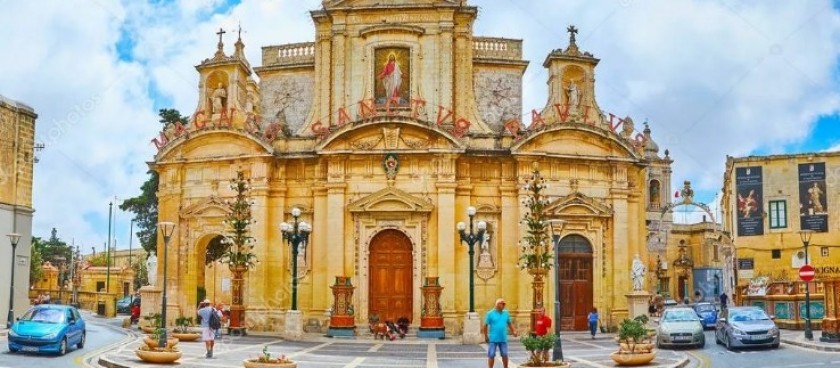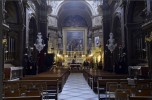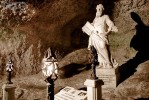- #MT49
- 64 Triq Ir-Rebha, Ir-Rabat, Malta
- +35621454467
- 35.8818658, 14.3989596 Copy to clipboard Copy
-
#Churches
History of St. Paul's Church and Grotto
Acccording to the Book of Acts, Paul and his missionary party were shipwrecked on Malta for three months.
During his stay, Paul was bitten by a snake and remained unharmed, prompting the natives to regard him as a god. He later healed the father of the governor of the island, Publius, and many other people (Acts 28:1-11).
According to tradition, St Paul eschewed the comfortable surroundings offered to him and chose to live in this subterranean grotto instead. Whether or not this is true, it is possible that he preached from here.
What to See at St. Paul's Church and Grotto
The Church of St. Paul, built above the grotto, dates from the 17th century. The statue of St Paul was donated by Grand Master Pinto in 1748; the silver galley hanging from the ceiling was given by the Knights of St John in 1960 to mark the 1,900-year anniversary of St Paul's shipwreck. Pope John Paul prayed in the grotto during his visit in May 1990.
The Sanctuary of St Publius was added on to the Church of St. Paul in 1617. The Spaniard Publius came to Malta in about 1600 to become a knight, but upon visiting the grotto he decided to become a hermit instead. Lorenzo Gafa renovated the building in 1692 and his brother Melchiorre executed the marble statue of St Paul..
Note that St. Paul's Grotto is not the same as the similarly-named St. Paul's Catacombs, which are a few miles away.


